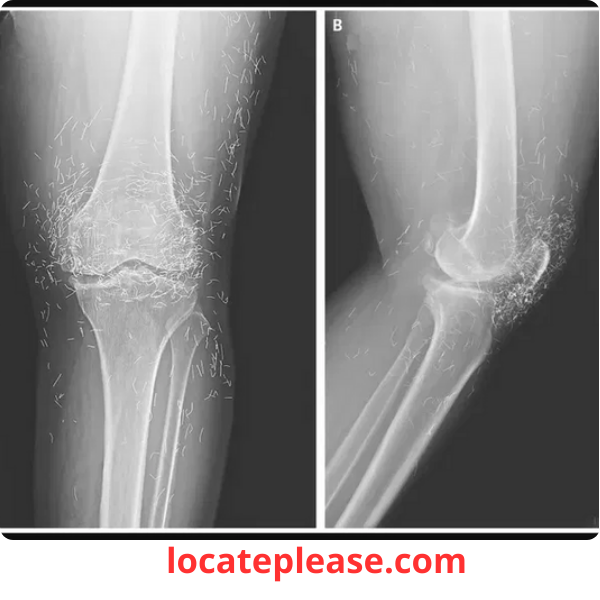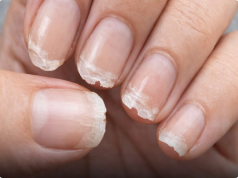How “Permanent” Acupuncture Treatment Led to Hidden Health Risks in Osteoarthritis Patient
When doctors examined the X-ray of a 65-year-old South Korean woman suffering from severe knee pain, they uncovered an astonishing sight: hundreds of tiny gold needles embedded in her joint tissue like metallic constellations. The discovery, documented in the New England Journal of Medicine, reveals a hidden consequence of alternative arthritis treatments—and a stark warning about foreign objects left inside the human body.
The Unseen Culprit Behind Chronic Pain
The patient had been diagnosed with osteoarthritis, a degenerative condition where joint cartilage and bone deteriorate, causing pain and stiffness. After conventional pain relievers and anti-inflammatory drugs failed to ease her discomfort—and triggered stomach issues—she turned to acupuncture, a practice involving needle insertion at specific body points to allegedly alleviate pain or treat diseases.
Unlike standard acupuncture where needles are removed after sessions, this patient received a specialized treatment common in parts of Asia: gold needles intentionally left in her knee tissue for “continued stimulation.” What began as a quest for relief had silently transformed her joints into a repository for metallic foreign bodies, undetected until the X-ray exposed the truth.
Why Leaving Needles in the Body Poses Serious Risks
Dr. Ali Guermazi, a radiology professor at Boston University who reviewed the case, emphasizes the medical dangers of such practices:
- Inflammation and Infection: “The human body wants to get rid of foreign objects,” Guermazi explains. “It triggers defense mechanisms like inflammation and fibrous tissue formation around the object.” This can worsen pain and lead to abscesses or chronic infections.
- Diagnostic Obstruction: Needles can obscure critical anatomy on X-rays, making it difficult for doctors to assess joint damage or plan treatments.
- MRI Hazards: “Patients with embedded needles can’t safely undergo MRI scans,” warns Guermazi. “Metal objects may shift during imaging, potentially damaging arteries or tissues.”
The Gap Between Practice and Evidence
While acupuncture is widely used for joint pain—particularly in Asian countries where gold thread implantation around joints is a common arthritis treatment—scientific evidence supporting its efficacy remains limited. The NEJM report underscores this disconnect: despite millions seeking acupuncture (3.1 million U.S. adults and 150,000 children in 2007, per NIH data), robust clinical proof of its benefits is scarce.
A Global Practice with Hidden Consequences
In regions like South Korea, China, and Japan, “permanent” needle techniques are sometimes marketed as long-term solutions for chronic pain. However, as this case illustrates, the risks may outweigh unproven benefits. The woman’s gold needles, meant to provide ongoing relief, instead became a source of persistent irritation—compounding her original osteoarthritis pain with inflammation from her body’s defensive response.
Key Takeaways for Patients
- Question “Permanent” Solutions: Treatments involving implanted foreign objects carry lifelong risks, including infection and imaging complications.
- Demand Transparency: Ask practitioners if needles will be removed and request imaging to verify no fragments remain.
- Prioritize Evidence-Based Care: For osteoarthritis, proven options like physical therapy, weight management, and FDA-approved medications should be first-line approaches.
This X-ray revelation isn’t merely a medical curiosity—it’s a cautionary tale about the dangers of unregulated alternative therapies. As Dr. Guermazi stresses, “The body’s rejection of foreign objects is a fundamental biological truth.” While acupuncture may offer relief for some, embedding needles permanently crosses into dangerous territory, turning a potential remedy into a hidden health hazard.
For patients seeking pain relief, the lesson is clear: When it comes to your body, transparency and evidence should always outweigh tradition. Before accepting any treatment involving implanted materials, consult a licensed physician—and insist on imaging to ensure nothing is left behind.










